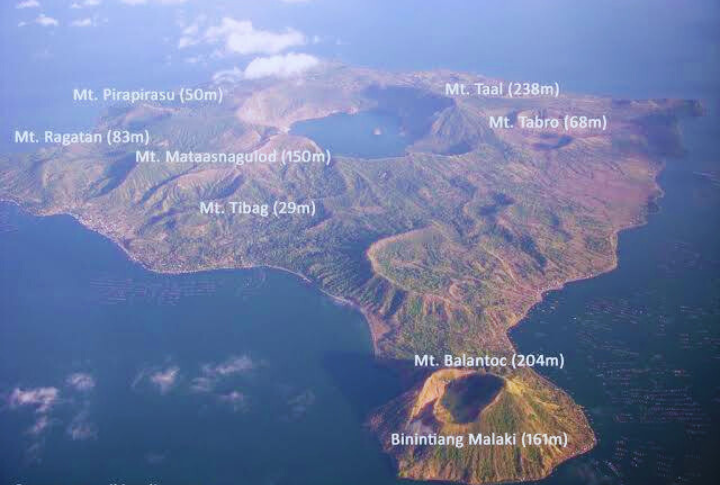
Did you know there’s a place on Earth where gravity acts a little wonky? Or that there’s a country so small you could walk across it in a day? Geography might have seemed like a snoozefest back in school, but hold on to your globes because we’re about to blow your mind with 15 truly bizarre and little-known geography facts.
Alaska Stretches Across Both the Westernmost and Easternmost Points of the U.S.

Alaska holds a unique distinction as not only the westernmost but also the easternmost state in the U.S. How, you ask? Well, the Aleutian Islands stretch so far west that they actually cross the 180th meridian, which makes them technically part of the Eastern Hemisphere. This quirky fact means Alaska covers the most extreme longitudes in the U.S.
Ninety Percent of the Earth’s Population Lives in the Northern Hemisphere
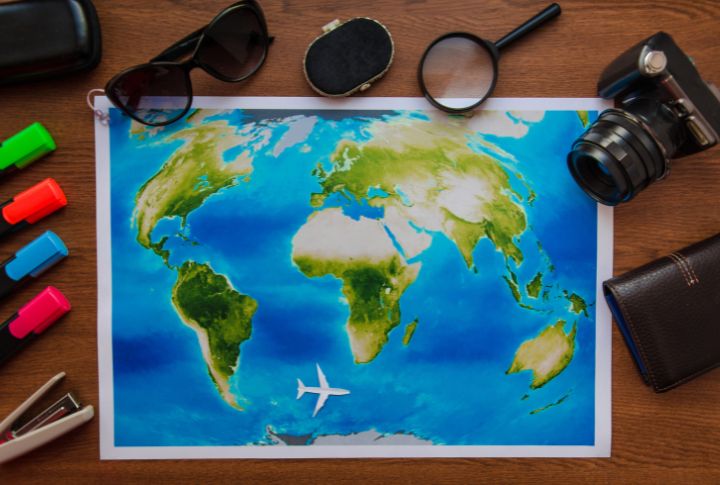
If you ever feel like the Northern Hemisphere is a bit crowded, you’re not wrong! A whopping 90% of the world’s population lives above the equator. The concentration is due to historical, geographical, and climatic factors that have made the Northern Hemisphere more hospitable for human habitation. Populated countries like China and India lie in the Northern Hemisphere.
The Population of California Exceeds that of Canada
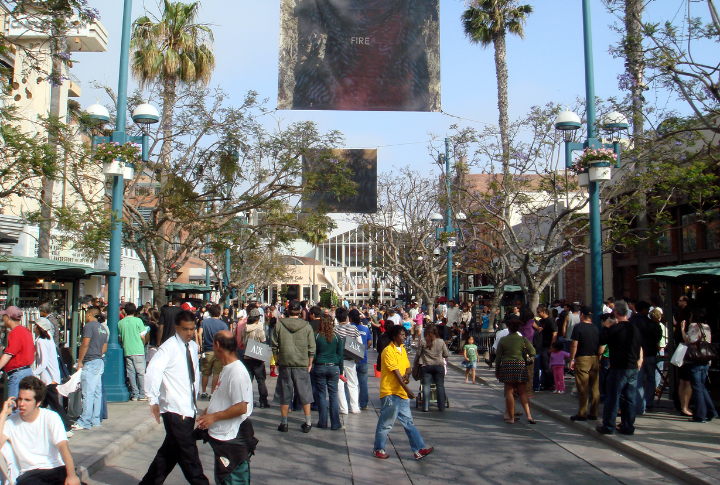
Canada might have vast landscapes and abundant moose, but California takes the cake when it comes to people. With over 39 million residents, the Golden State surpasses Canada’s entire population of about 38 million. Despite its smaller size, California’s bustling cities and thriving industries attract millions.
In the Philippines, There’s an Island Within a Lake, on an Island Within a Lake, on an Island
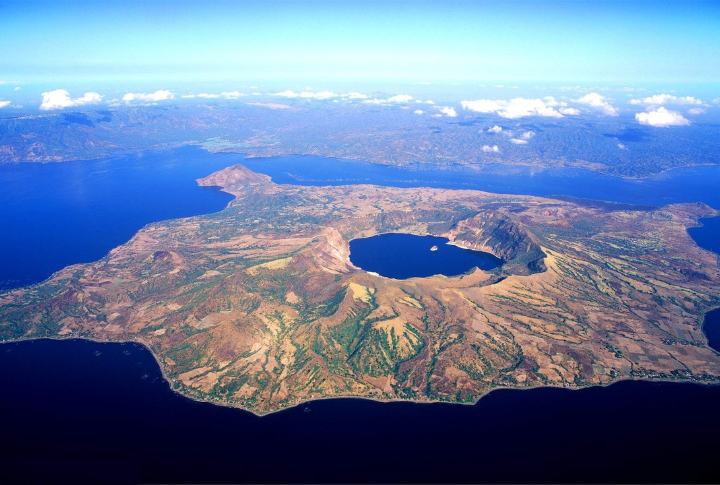
Try saying that five times fast! In the Philippines, there’s a geographical marvel: Vulcan Point. It’s an island in Crater Lake, on Volcano Island, inside Taal Lake, on the island of Luzon. Such natural wonder is a unique example of huddled islands and lakes and a popular destination for tourists and geologists alike.
Mount Everest Can Fit Inside the Mariana Trench
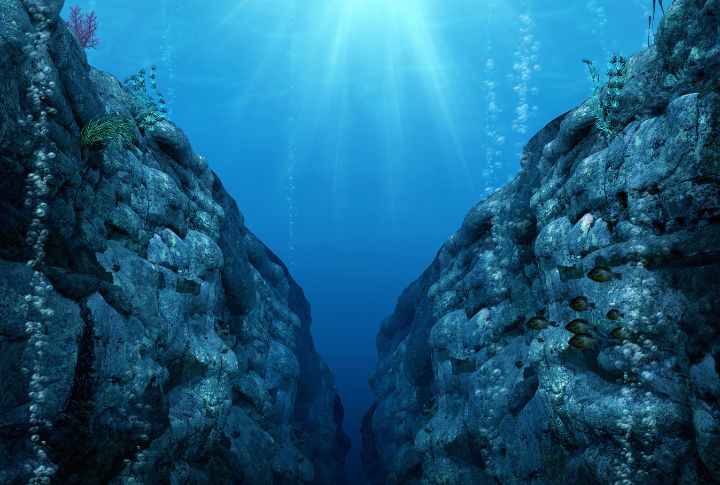
Mount Everest might be the tallest mountain above sea level, but it’s got nothing on the Mariana Trench. This deepest part of the sea is over 36,000 feet deep, so you could plop Everest inside and still have room to spare. Positioned in the western Pacific Ocean, the trench is a dramatic reminder of Earth’s extremes in both altitude and depth.
Russia Spans 11 Time Zones
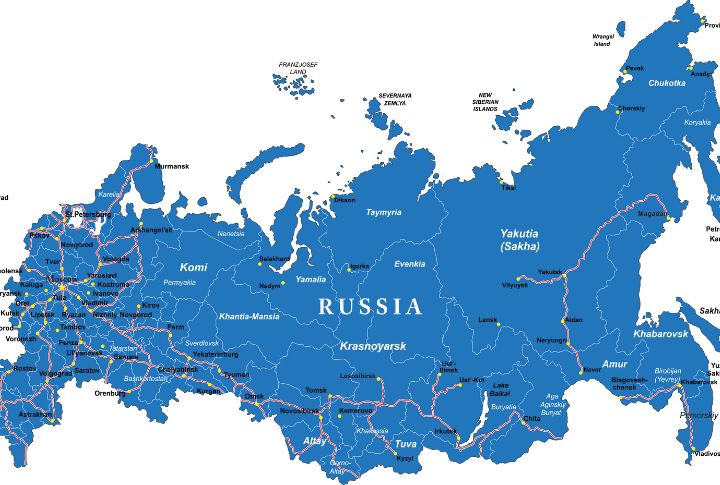
Ever wondered how massive Russia is? It’s so large that it spans 11 time zones! The immense geographical span means that when it’s breakfast time in Moscow, some Russians are just going to bed. Russia’s sheer size affects everything from travel logistics to national broadcasts. Talk about a nation that never sleeps—literally!
Africa is the Sole Continent that Stretches Across All Four Hemispheres
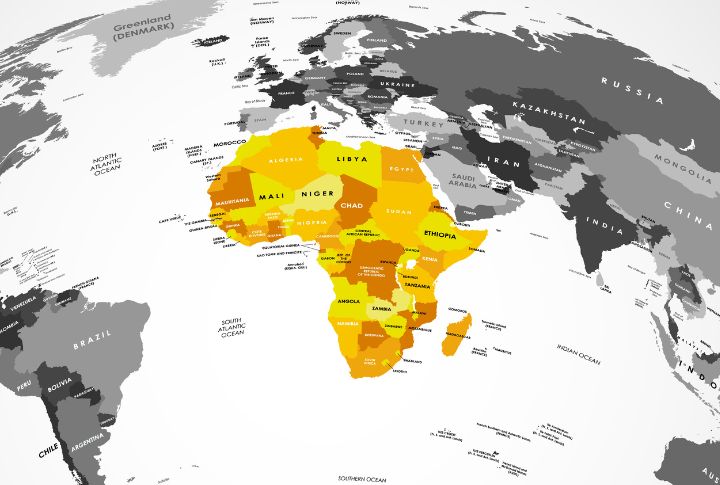
It’s the only continent that sits in all four hemispheres: northern, southern, eastern, and Western. Such geographical positioning means Africa touches the equator and the prime meridian, making it a true global crossroads. Africa’s diverse climates and ecosystems directly result from its extensive reach.
Sudan Has More Ancient Pyramids than Egypt
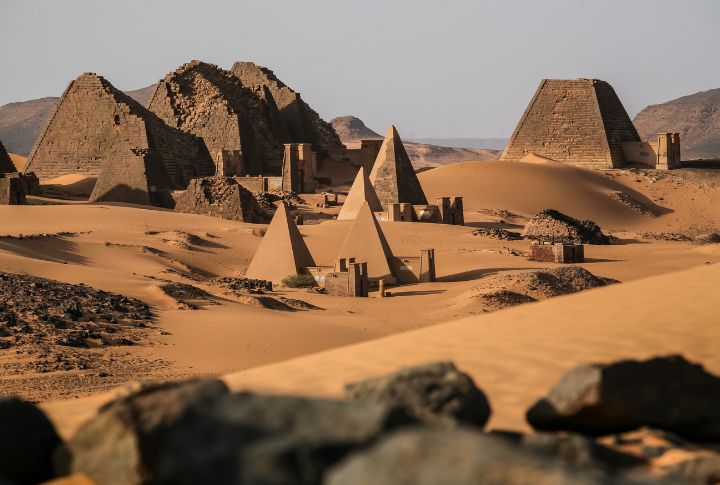
When you think of pyramids, Egypt probably pops into your mind. But did you know Sudan has more of these ancient wonders? With around 200 to Egypt’s 138, Sudan’s ancient Nubian pyramids are an often-overlooked treasure. These pyramids, primarily located in the region of Nubia, reflect a rich history and civilization that rivals Egypt’s own.
The Dead Sea Is Sinking About 1 Meter a Year
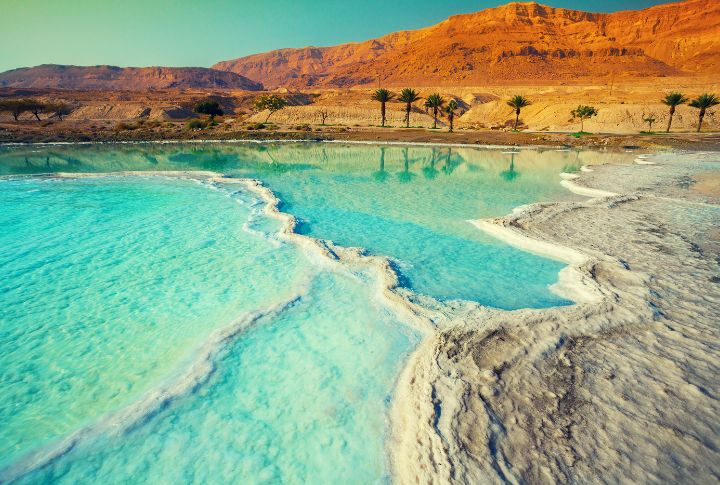
The Dead Sea, famous for its extreme salinity and buoyant waters, is currently 429 meters below sea level. But here’s the kicker—it’s sinking at a rate of about one meter every year. Such a dramatic drop is due to water diversion from the Jordan River, its primary source. You better visit soon before it becomes the Deader Sea!
Vatican City is the Smallest Country in the World
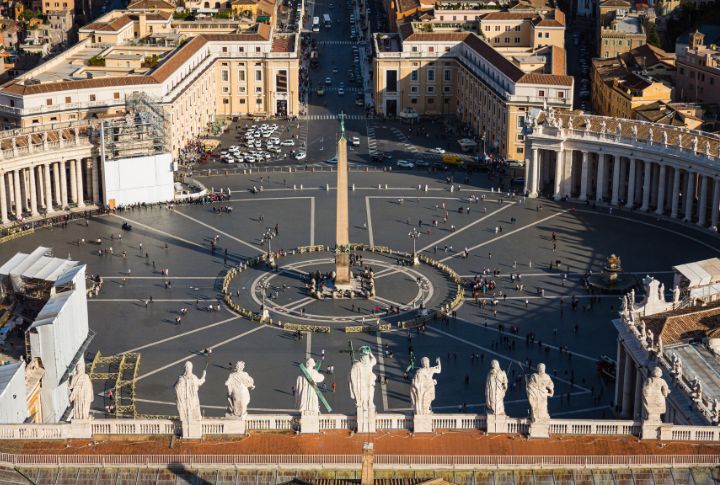
It is the smallest country in the world, covering just 44 hectares. Even though it is small, it serves as the heart and headquarters of the Roman Catholic Church. Home to the Pope, it has significant cultural and historical landmarks, including St. Peter’s Basilica and the Vatican Museums. Its population is just under 1,000, making it a true microstate.
Mauna Kea is Taller than Everest
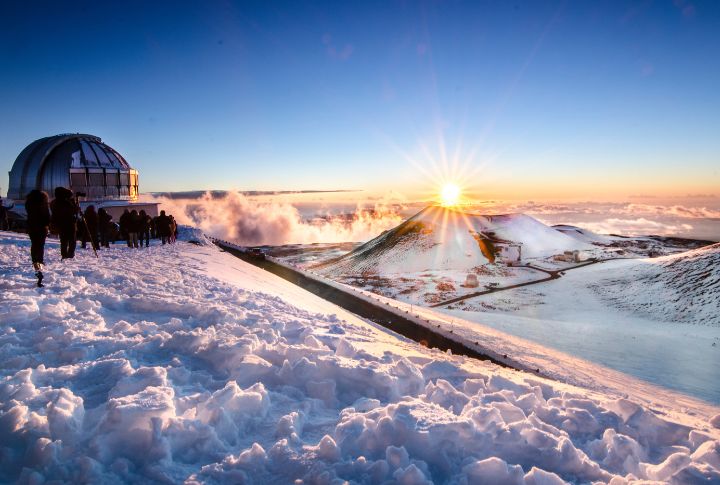
If you measure from the base of the sea floor, Hawaii’s Mauna Kea towers at over 33,000 feet, making it taller than Everest. This dormant volcano’s peak is nearly 14,000 feet above sea level, but its actual height is hidden beneath the Pacific Ocean. Its stature makes it a favorite among astronomers, and it houses some of the world’s most advanced telescopes.
Mt. Chimborazo is Nearer to the Moon than Mt. Everest
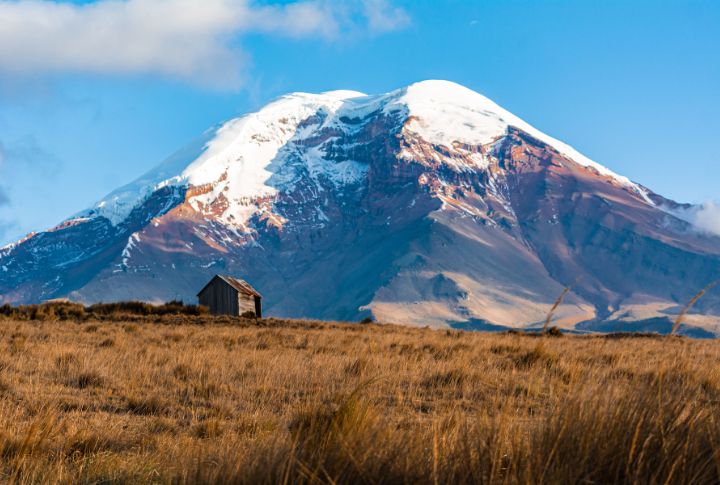
Everest might be the tallest peak above sea level, but Ecuador’s Mt. Chimborazo is the farthest point from the Earth’s center, thanks to the equatorial bulge. It means that Chimborazo is technically closer to space. The mountain’s summit is over 20,000 feet high, but its location on the equator gives it a leg up.
The Pacific Ocean is Shrinking
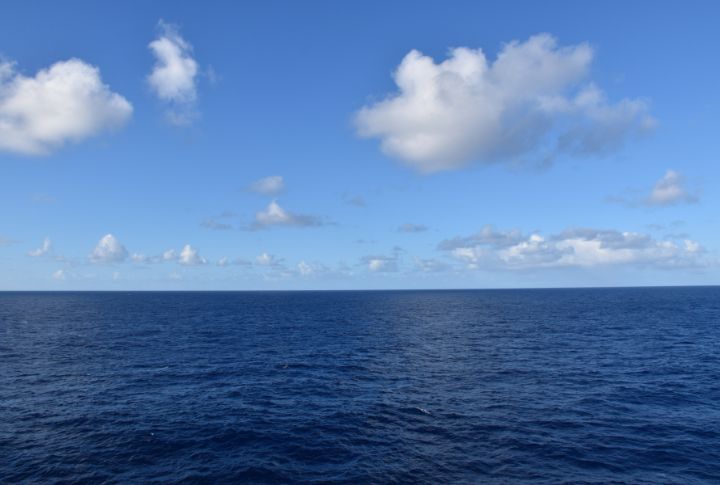
Believe it or not, the Pacific Ocean is getting smaller by about an inch yearly due to tectonic plate movements. The ocean’s shrinking results from the plates on its western boundary being subducted under the Asian and Australian plates. At this rate, it might eventually disappear. Okay, maybe not for a really long time, but it’s still a mind-bender!
Mexico City is Sinking
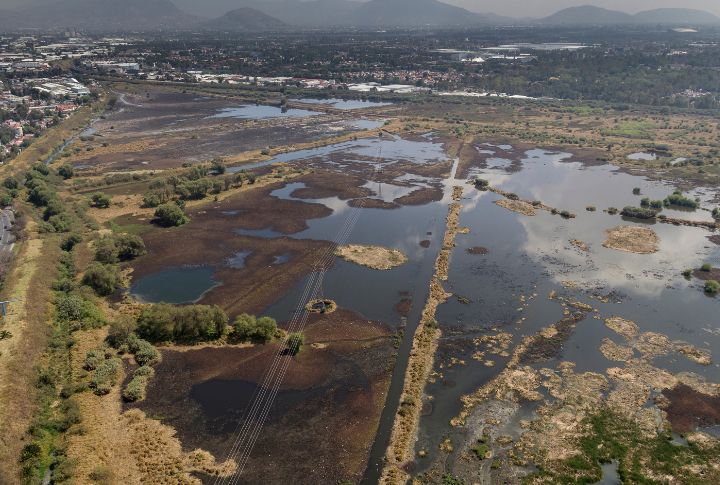
Built on an ancient lakebed, it is sinking about 20 inches annually. Due to groundwater extraction, the city has sunk over 30 feet in the last century. The subsidence causes infrastructure challenges and shows the importance of sustainable water management. Despite this, Mexico City remains one of the world’s largest and most vibrant cities.
Yellowstone National Park Is Home to a Supervolcano
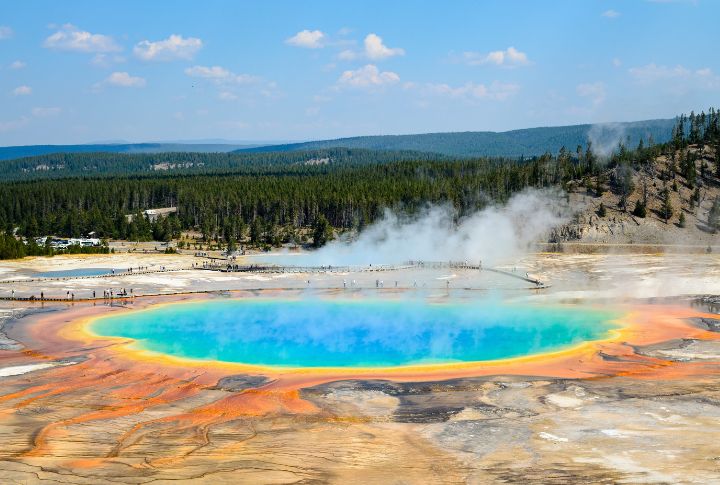
Yellowstone isn’t just famous for Old Faithful and stunning scenery; it’s also sitting atop a supervolcano. This massive volcanic system can potentially cause a super eruption, which would be, well, super bad. The Yellowstone Caldera measures about 30 by 45 miles and has erupted with immense force in the past. Fortunately, it shows no signs of erupting anytime soon.


Comments
Loading…